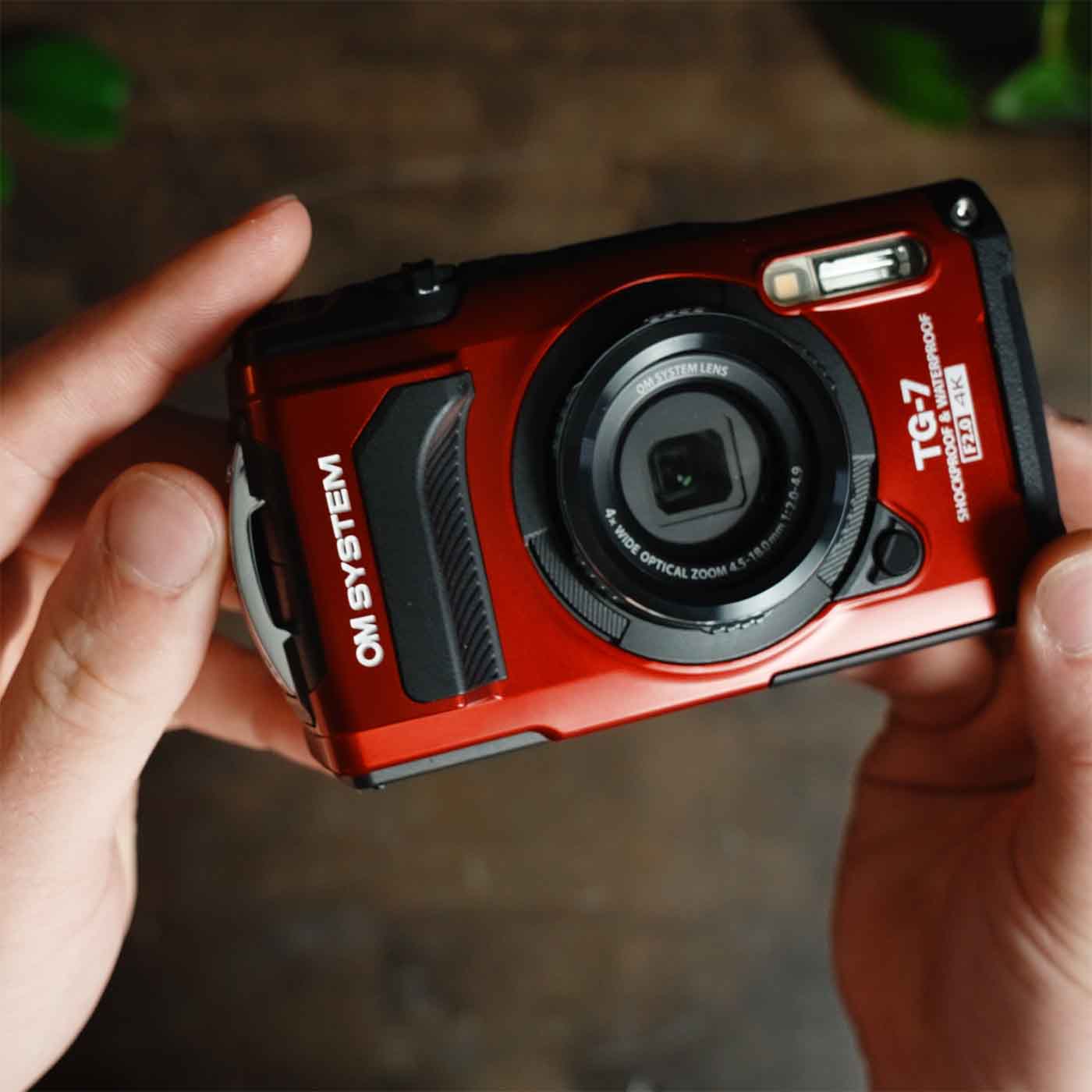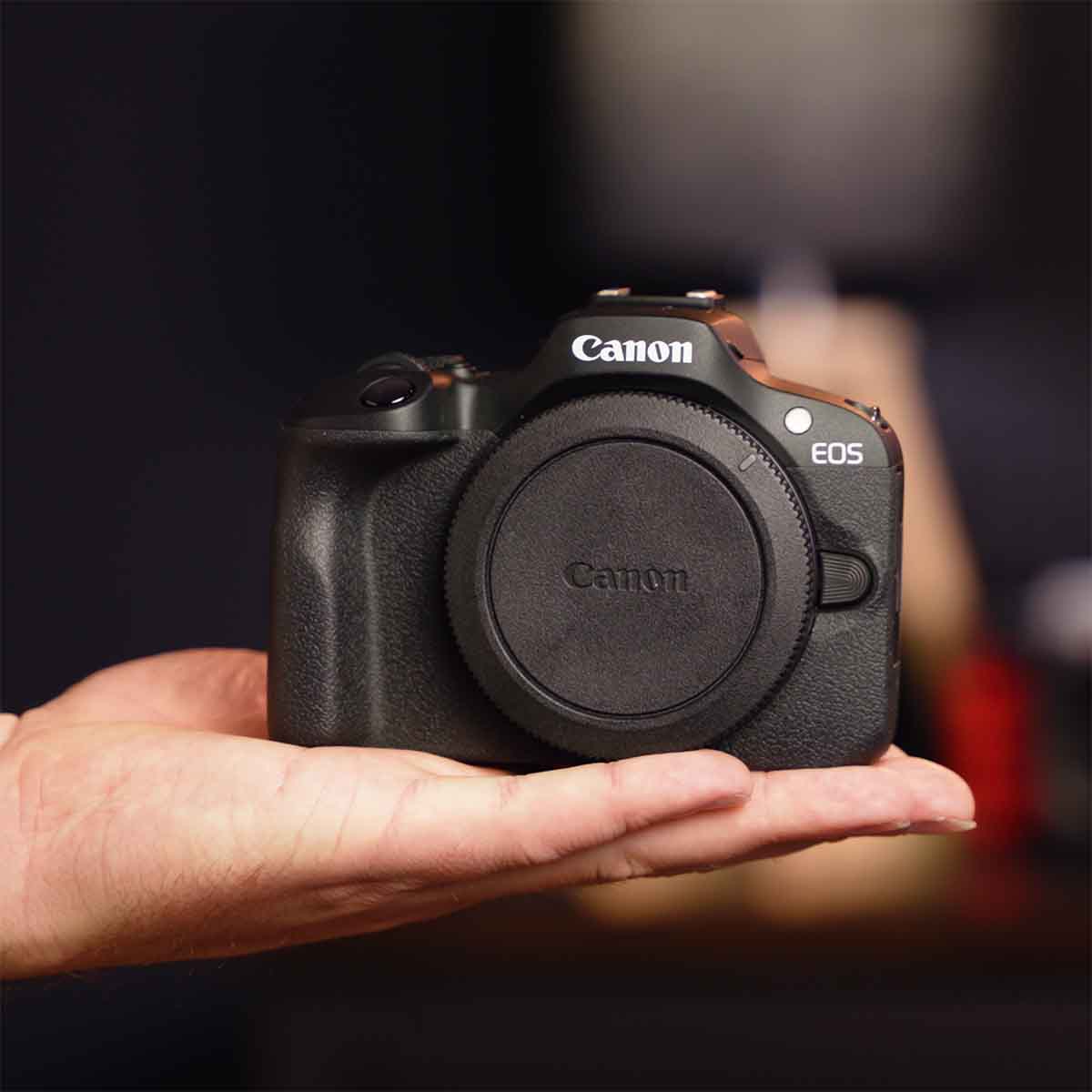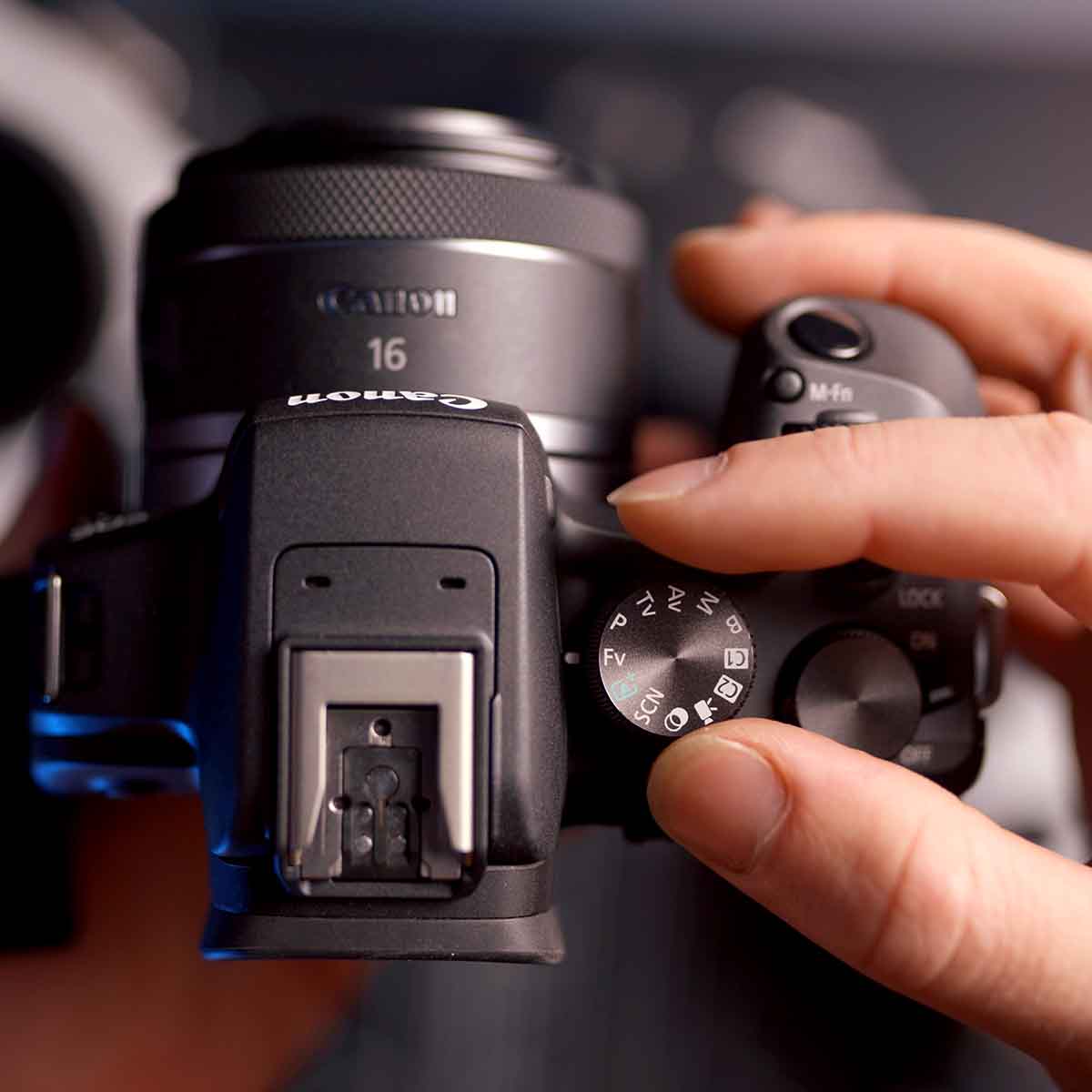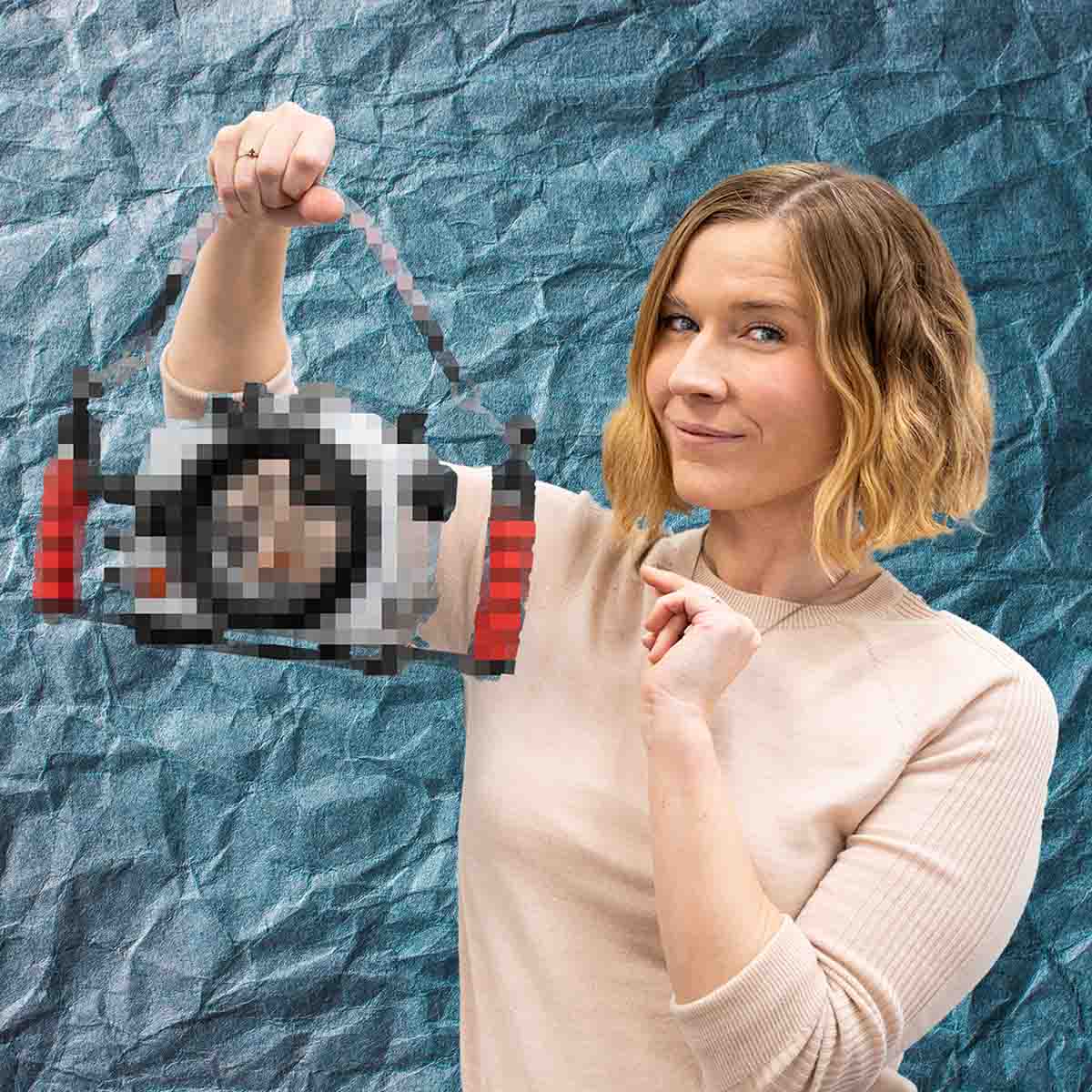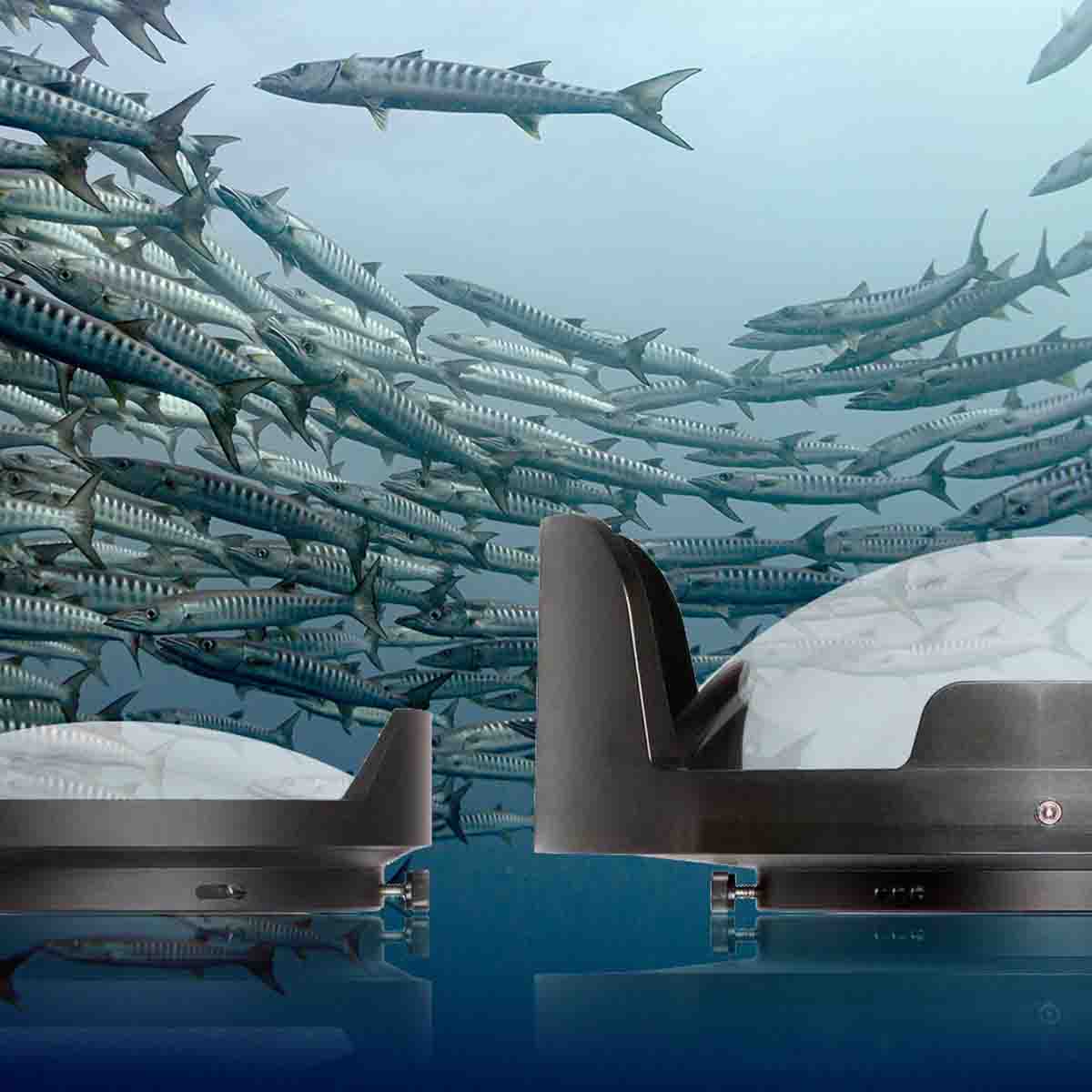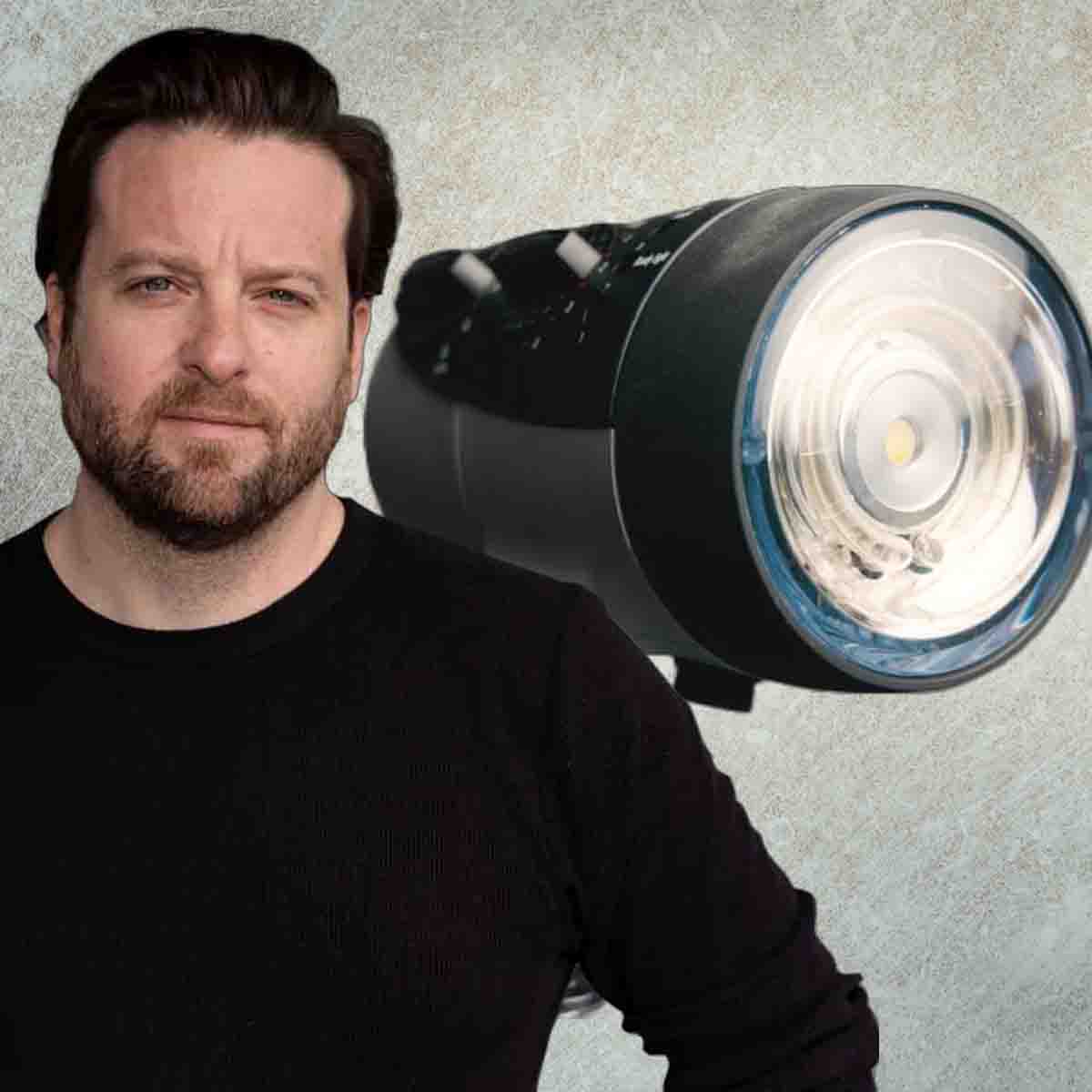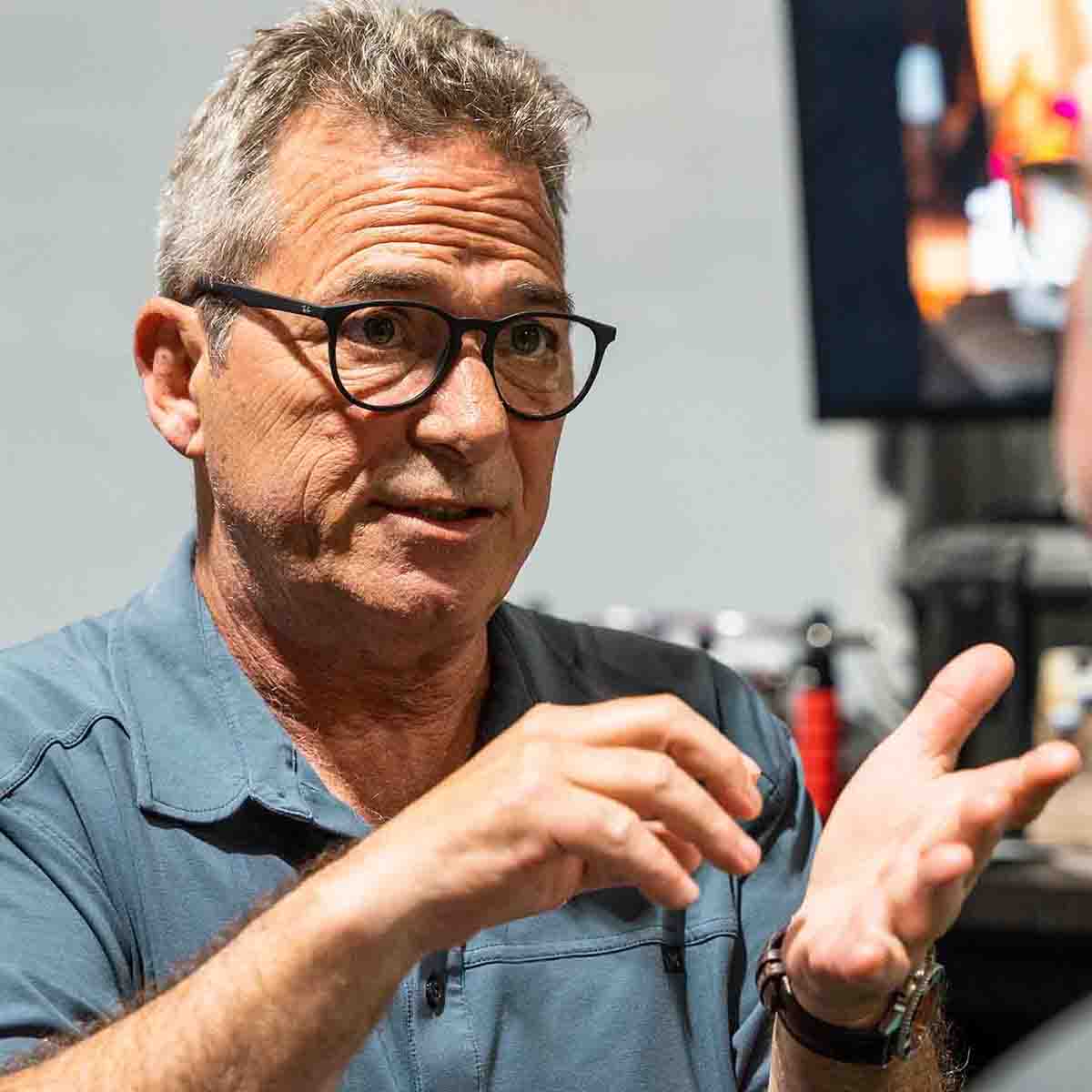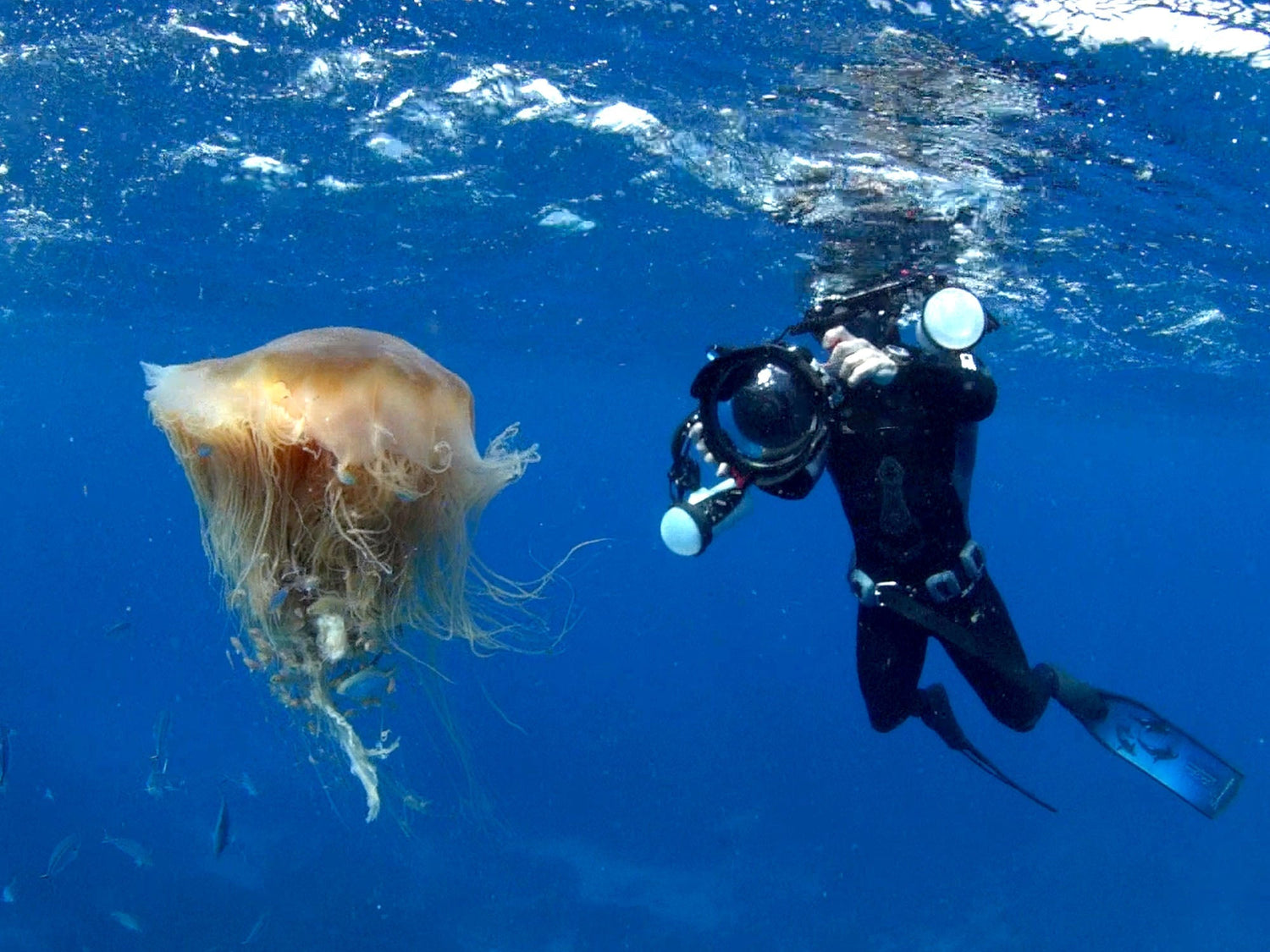Featuring Josh Blank
Shooting Sharks and Orcas, all in one day? Ikelite Ambassador Josh Blank explains why he switched to an Ikelite fiber optic system. Utilizing the Ikelite Manual Fiber Optic Transmitter and Manual Optical Receivers, he can adapt at a moment's notice to make sure he gets the shot.
Scroll down to read the video transcript text.
Equipment Used
- Manual Fiber Optic Transmitter (Gen 2) for DL and DLM Underwater Housings # 44700-G2
- Manual Optical Receiver for Fiber Optic Remote Triggering of DS Strobes (Non-Pre-Flash) # 4405
Key Advantages to Fiber Optic
When it comes to connecting strobes to your underwater system, you've got two options to do this. You can use an electronic sync cord, which involves a direct connection from the strobes to the camera via the housing. Or you can use a fiber optic system. Now the fiber optic system actually uses light to transmit the signal from the camera to the strobes so that they fire. And this offers a couple of key advantages.
One of the main advantages, at least in my opinion, for using a fiber optic system over the electronic sync cable system is the increased flexibility that you have when you're out in the field. This is particularly true if you're a big animal photographer like myself, where your subjects can change in the flash for a second. It can just be all of a sudden you're shooting one particular subject in the morning, where strobes are really beneficial, and then within seconds you're presented with a whole new subject that's just arrived on the scene, and strobes just aren't really suitable.

Fiber optic cords eliminate extra waterproof connections and make it easy to attach or remove strobes when speed is of the essence.
Switching Subjects
A few years ago, I was photographing blue sharks and makos off the coast of Mexico. These are two subjects that really benefit from strobes, in my opinion. You get some crazy detail on the shark's face and on their eyes, all their cuts and abrasions and the color, their sharpness. Yes, so definitely two subjects there, blue sharks and makos, that I was really wanting to use my strobes. I had [strobes] connected via a hardwired system, the electronic sync cable. But after about two, three hours or so we got a call that there were some Orcas up the coast, which is a subject where strobes are really not ideal at all for many reasons. One of the main reasons it's not ideal, though, is just because you're going to be getting in and out of the boat very quickly.

Shortfin mako shark shots really benefit from fast, reliable strobes. Nikon Z8 + 8-15mm f/3.5-4.5E Lens at 15mm • f/10 • 1/200 • ISO 320 with Ikelite DS230 Strobes © Josh Blank
Ultimate Flexibility
The fiber optic system allows you, in such circumstances, just to simply disconnect by pulling up at the quick release handles, pulling out the cords, and you're ready to shoot natural light. Okay, say then you go back to a subject that would benefit from strobes again, you just grab your strobes from wherever you've stored them, reconnect the system, and just like that, you are ready to shoot with strobes again. It just increases the flexibility that you have when you're out in the field and you can be prepared for all subjects.
You also have that peace of mind that you are not worried about floods, you're not worried about water getting in, it's a very adaptable system, and just make sure that you're ready for all subjects that might be cruising around at any point in time.
Upgrading Your System
When it comes to setting up your underwater system using the fiber optic converter, there are a few parts that you should be aware of. At the top of the housing, you'll need to replace the standard bulkhead that allows for an electronic sync cord and you can easily swap it in for the fiber optic system, the fiber optic receiver. That receiver goes in the top of the housing in the same location as the old standard bulkhead. Then what you have here is you've got the two converters. Each of these will attach directly to your DS series strobes and they screw in like the electronic sync cables do.
Now, all that's left to be done is to connect the fiber optic cables. Remember, these transmit light so there's no actual hardwire connection going between the cable and the strobe on this side here or from the cable to the housing on this side here. Your strobes are now ready to fire with your camera.

The Manual Fiber Optic Transmitter takes the place of the standard bulkhead and is easy to install at home, and the Ikelite Service Team is always available for support.
Reliability & Shooting Experience
I've now been using the fiber optic system for about six months and I've found it to be incredibly reliable. They've never missed a beat and they've been really easy to set up in the field and be ready to go shooting. The installation process also is - as someone that it makes me very nervous when I go about adjusting anything on my housing - that was very easy as well.
The bulkhead that was for the electronic sync cable that sits at the top of most housings, easily removed, replaced it with the fiber optic system, and I was ready to go a quick pressure test with the Ikelite pump. I knew that it was all sealed and installed correctly and I was ready to go.
All in all, this is my personal recommendation. As I said, particularly if you're into big animal photography, I really recommend considering switching to a fiber optic system. It will increase your flexibility in the field. You don't have to be worried as much about potential flooding and you will just be always ready for the moment regardless what subjects present.

Want to learn more about big animal underwater photography? Josh has literally written the book (two, in fact) on the subject. Download his e-books Big Animal Underwater Photography and Advanced Techniques for the Big Animal Underwater Photographer from his website.
If you have any questions at all regarding the fiber optic system or underwater photography in general, always feel free to get in touch. I'm very active over at @joshblankphotography on Instagram and Facebook. You can also reach me by my website at www.wildnarrative.com.au. I'd be happy to answer any questions you may have and always keen to talk all things photography and equipment. Happy shooting!
Additional Viewing
Secrets to Photographing Mako Sharks Underwater with Josh Blank [VIDEO]
Major UPGRADE // A Comparative Review of the Nikon D850 vs Z8 for Underwater Shooters
Behind the Lens: Sardine Run in Mexico with Josh Blank
Sea Turtle Portraits with DS230 Strobes
Nikon Z8 Underwater in the Great Barrier Reef // Ikelite 200DL Underwater Housing [VIDEO]
Up Close and Personal: A Guide to Underwater Animal Portraits

Josh Blank is a diver and underwater photographer based out of the Gold Coast of Australia. Through a combination of scuba diving and freediving, Josh is passionate about exploring the open ocean and photographing the larger marine species that inhabit the deep blue. With his photography he hopes to inspire, inform, and instill an interest in the underwater world. Josh is the author of two e-Books, Big Animal Underwater Photography and Advanced Techniques for the Big Animal Underwater Photographer as well as the author of the hit eMagazine Wild Narrative. Read more...

